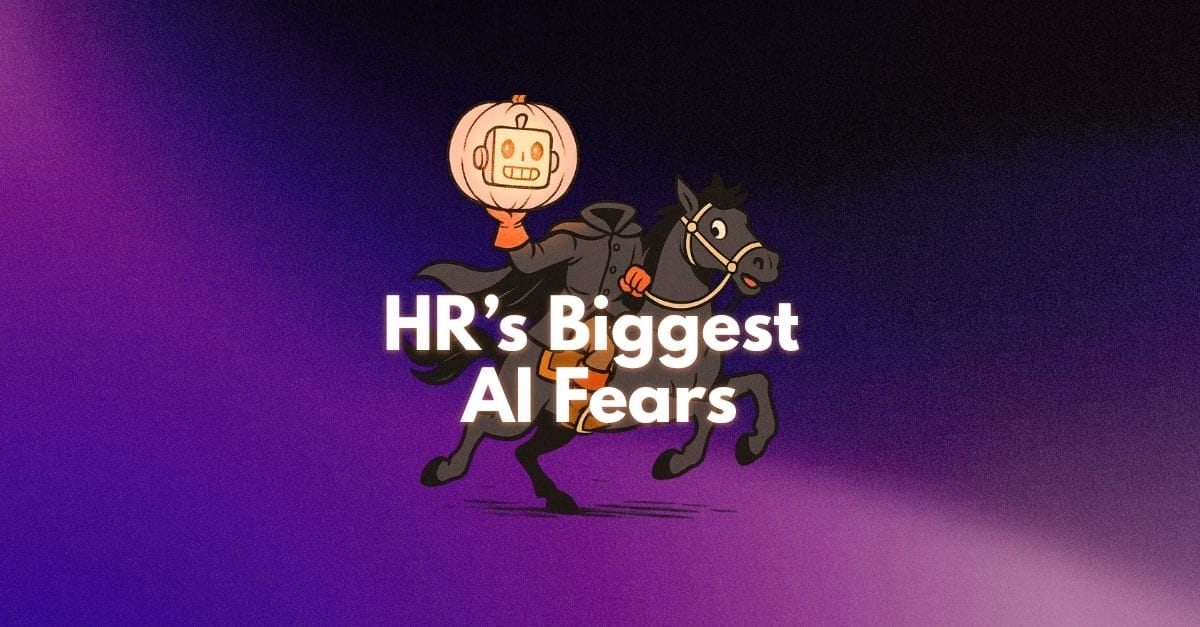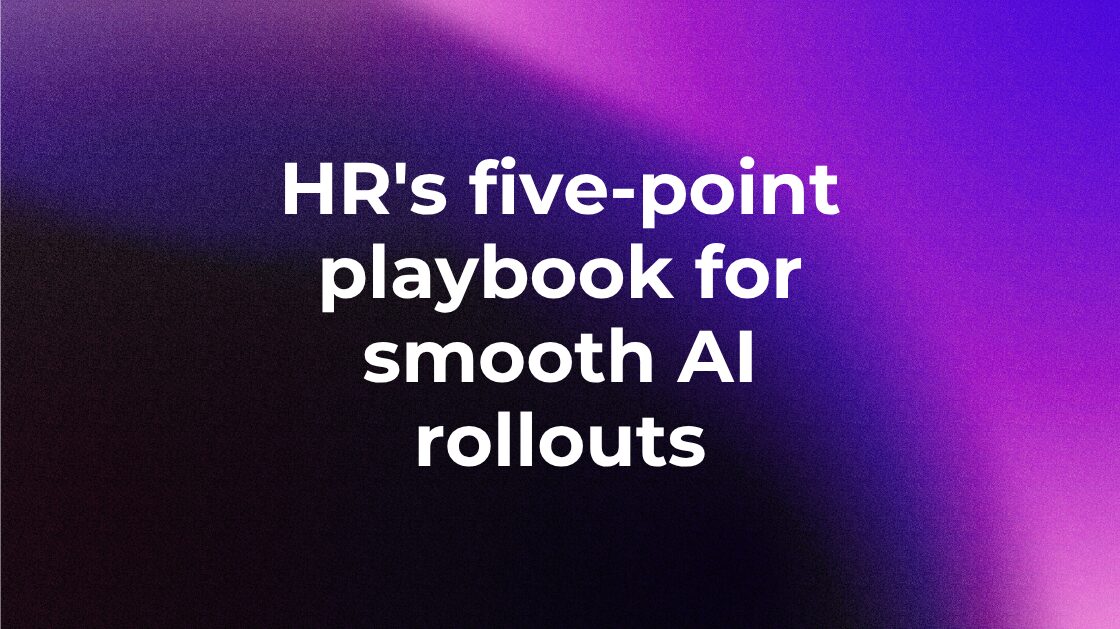Victor Lipman is a management trainer, coach, and author. His online courses on Udemy include “How to Manage Difficult Employees” and his book is “The Type B Manager”. He has more than 20 years of Fortune 500 management experience. He contributes regularly to Forbes and Psychology Today, and his work has appeared in Harvard Business Review.
It definitely wasn’t intended to be a management laboratory, but it might as well have been.
A couple of decades ago, a large company I worked for—with over 5,000 employees—was undergoing a total overhaul of its career path system. It was doing a thorough analysis of job structure and classifications to bring greater standardization to the organization.
While this very substantial process was ongoing, the company froze all promotion activities until after the project was completed. Initially, this made sense, since it wasn’t clear what role someone would be promoted to when all jobs were in a state of flux.
But what this logical process didn’t take into account was the human element. As the project unfolded—and it ended up taking well over a year to complete—it became clear that employees were missing the old career path system, imperfect though it may have been.
Or, more accurately, they weren’t really missing the old system so much as they were missing the possibility of promotion. With all promotions frozen, they were missing the possibility of advancing. Employee engagement flagged. Some people left the company, some complained about the situation, and others just seemed adrift without a clear career target to shoot for.

Wanting to succeed
When you stop to think about it, it’s not at all surprising that a fair number of employees reacted as they did. After all, the best employees—the kind managers most like to manage and companies most like to keep—generally want to get ahead. They’re motivated by loftier titles, more responsibilities, and bigger jobs. (Not to mention more money.)
I remember an old financial services ad campaign from many years ago. I can no longer remember the company it was for, but I well recall its tagline:
“Americans want to succeed, not merely survive.”
As do, I might add, people all over the world. It was a nice succinct insight. And that was the problem afflicting some of the employees during this extended job makeover and promotion freeze. People could survive, but they couldn’t fully succeed—and they were feeling the dislocating effects of that.
Long-term investment
This is why I think it always makes good business sense for companies to create and maintain thoughtfully structured career path systems. Paths that are well-conceived can serve to some extent as a built-in motivator and give a talented employee something to strive for.
I’ve managed when good career paths were absent and when they were present, and there’s no question in my mind which is preferable.
Think of well-designed career paths not as a short-term investment in job architecture but as a long-term investment in human capital—in the engagement and motivation of your employees.
Editor’s note: One activity of the talent optimization discipline is “Create new jobs and career paths.” To learn more about talent optimization, read our free e-book: A crash course in talent optimization.








